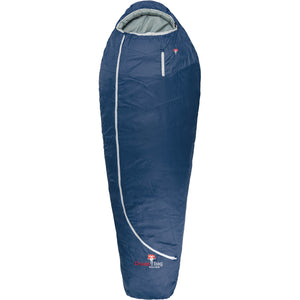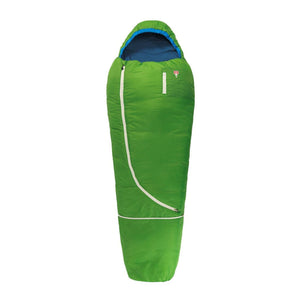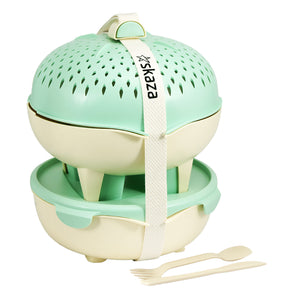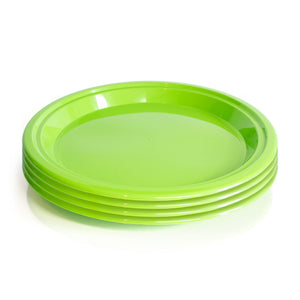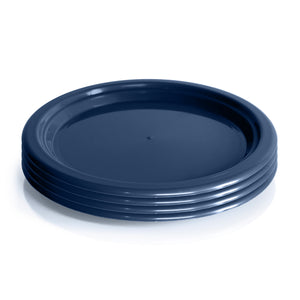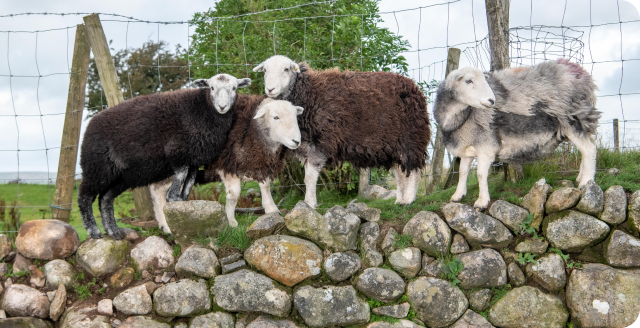It goes without saying, but it’s not nice to be bitten by mosquitoes. Not only can they make you incredibly itchy, but some can make you very ill - leaving behind various viruses or diseases such as West Nile, malaria, Zika and dengue fever.
So, why do they bite? Well, you may not know it, but only the female mosquitoes do the biting. They go out and hunt for blood as it helps to nourish and develop their eggs. They don’t just randomly come across people either, they can track their human prey by the smell of carbon dioxide as we breathe out, our sweat, and our body heat. Once they’ve found their target, they savagely pierce the skin with six, tiny, needle-like parts. Two of these needles have ‘teeth’ that the mosquito uses to saw through the human flesh. The next two are used to hold the tissue apart while the first two are busy sawing away. The fifth needle (which is U-shaped, like the gutter on a house) pierces the blood vessel. Then, the sixth, and final, needle lies on top of the U-shaped needle, creating a tube that acts as a straw to suck up the blood. This sixth needle also oozes mosquito saliva into the punctured skin to keep the blood flowing, as it would usually start to coagulate as soon as it touches the air.
Kind of horrifying, don’t you think?
It goes without saying, but it’s not nice to be bitten by mosquitoes. Not only can they make you incredibly itchy, but some can make you very ill - leaving behind various viruses or diseases such as West Nile, malaria, Zika and dengue fever.
So, why do they bite? Well, you may not know it, but only the female mosquitoes do the biting. They go out and hunt for blood as it helps to nourish and develop their eggs. They don’t just randomly come across people either, they can track their human prey by the smell of carbon dioxide as we breathe out, our sweat, and our body heat. Once they’ve found their target, they savagely pierce the skin with six, tiny, needle-like parts. Two of these needles have ‘teeth’ that the mosquito uses to saw through the human flesh. The next two are used to hold the tissue apart while the first two are busy sawing away. The fifth needle (which is U-shaped, like the gutter on a house) pierces the blood vessel. Then, the sixth, and final, needle lies on top of the U-shaped needle, creating a tube that acts as a straw to suck up the blood. This sixth needle also oozes mosquito saliva into the punctured skin to keep the blood flowing, as it would usually start to coagulate as soon as it touches the air.
Kind of horrifying, don’t you think?
Tell me more about the Anti-Mosquito Skin Spray
This Anti-Mosquito Skin Spray repels mosquitoes for up to 6.5 hours and contains an active substance sourced from the leaves of Lemon Eucalyptus Trees. This makes it smell beautiful to us humans, but it is very off-putting for mosquitoes. They really don’t like the smell and avoid it as much as they can!
It’s incredibly useful when you’re travelling, especially if you’re visiting somewhere where mosquitoes are more commonly found like Brazil, Australia, the Philippines, or Indonesia. It can be sprayed directly onto your skin from approx. 10cm away and is safe for use on children from 6 months of age. The effect of the spray decreases with sweating or physical exertion, so it is advisable to reapply if needed, up to a maximum of twice a day.
What are the active ingredients in the Aries Anti-Mosquito Skin Spray?
The active substance is 200 g/l Eucalyptus citriodora Oil hydrated, cyclized (EC Oil (H/C)). Previously known as mixture of cis- and trans-p-menthane-3.8-diol (PMDRBO). It is just as effective at repelling ticks and midges.
Coming in a 100ml pump bottle, this Anti-Mosquito Skin Spray has been scientifically proven to effectively protect against House Mosquitoes, Horse Flies, Tiger Mosquitoes, Malaria Mosquitoes, Yellow Fever Mosquitoes and Sandflies.




